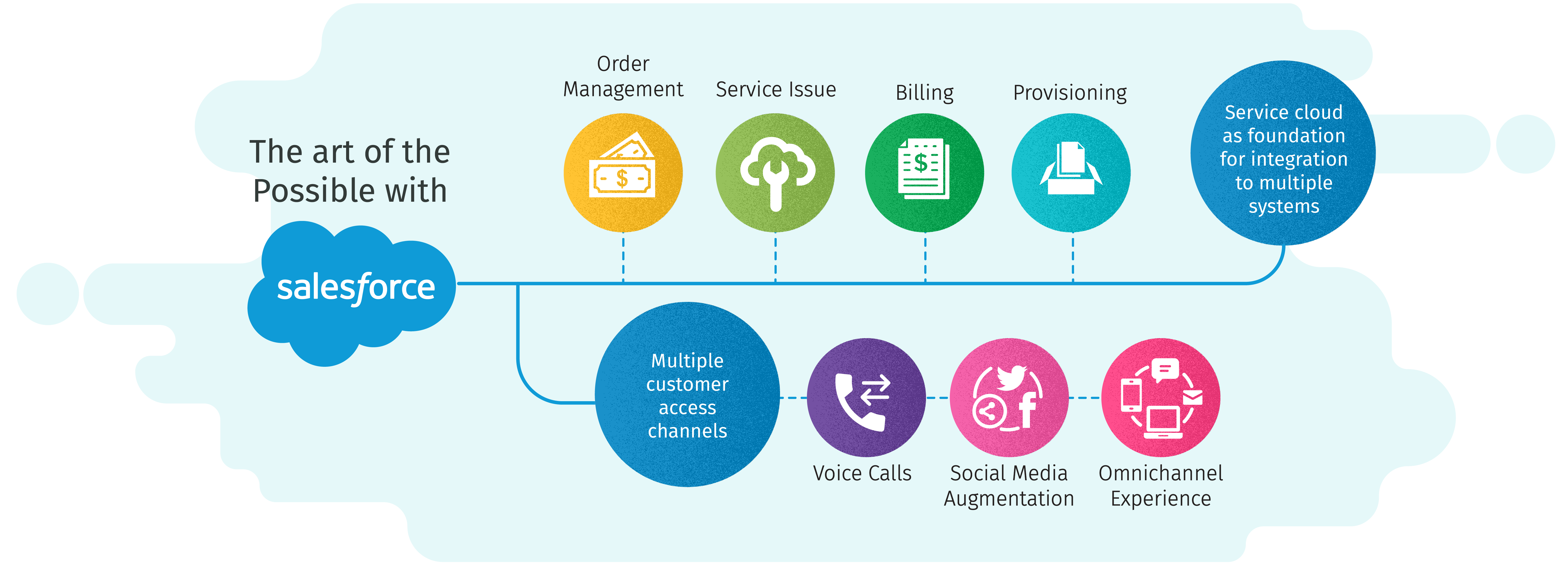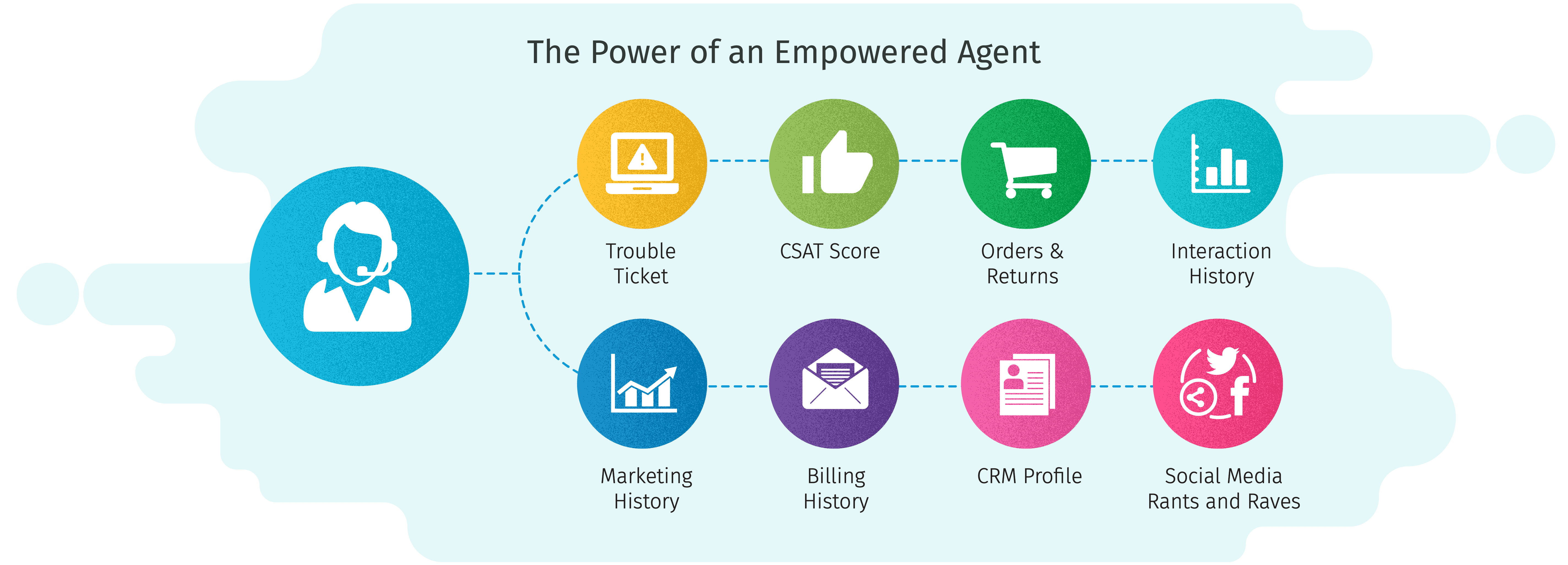The ART of the POSSIBLE with Salesforce Part-II

The ART of the POSSIBLE with Salesforce Part-II
February 21, 2017
Today, a call center deals with a lot more complexity while handling customer service issues. Businesses are adopting and reinventing the ‘Art of Customer Service’ with advanced AI.

Re-inventing the art of Customer Service
My first experience with a call center operation was way back in 1999, working alongside with a supervisor trying to make sense of all the metrics that measure the performance of the call center. Monitoring the LED displays of the calls in the queue, call routing, measuring average wait time, longest wait time, average handle time are some of the metrics that stuck with me for a long time. As I worked through the week, I gained a more detailed understanding behind the numbers and what ‘drove’ the call center. Back in the day, customer service was mostly driven by inbound calls, 60% for new orders and the rest for support on exisiting services. The only ‘self-service’ available for callers is the IVR tree, which did nothing more than routing the calls to the right queue.

Fast forward to today, a call center deals with a lot more complexity while handling customer service issues. The complexity stems from few overwhelming trends that have shaped the expectations of the customers and thereby making customer satisfaction (CSAT) a challenging metric to keep up!
Calls have become interactions: Customers demand new channels and expect to be heard/served over these channels – It is imperative that a business engages on Facebook and Twitter amongst the many available and effectively use them as important customer access channels
CRM data is no longer ‘Internal’: Customers tweet, post and interact with a business outside of the traditional channels of web, voice and chat. The responsibility to collect and correlate this publicly available data to enrich CRM information rests solely with the business.
Omnichannel is expected: Customers want seamless experience across devices and channels. They may switch between their mobile app, web, social channel or talk to an agent and expect to pick up where they left off.
So how do you handle customer service in this new age where the expectation of service is “Always available”?

We used Salesforce.com Service Cloud as a foundation and integrated it to various systems to handle requests for billing, order management, provisioning, service issue etc. The key principle for this implementation was to provide ease of access to the customer, while providing the customer care agent all the required information to service the customer. The agents have full view of the customer – through internal CRM system, correlated external activity on social media channels, backend systems and any interactions conducted in self-service mode by the customer.
The system supports 3 different types of customer access channels:
- Some folks always want to speak to someone We obviously allowed for traditional voice – With CTI, voice calls are intelligently routed and the agents have a 360-degree view of the customer; thereby arming them with all the available information to provide effective customer service
- Some want to tweet – We integrated with Sprinklr, a social media tool and correlated information on Facebook and twitter to augment customer profile and thereby adequately address issues raised through these channels
- Some want self-service – Allow customers to engage through any channel of their choice – web, chat, email, mobile app etc. thereby providing a true omnichannel experience

The supervisors and the agents are still the most vital part of a good call center; their jobs however, have become more demanding. The statistics I saw on the LED board in 1999 still hold relevance but the measurement of those stats has become more complex. As a part of the project, the team created the Live Console. This serves as a dashboard for agents and supervisors giving them a real-time view of their workload. For agents, this dashboard give a view of Calls, Chats, Social media interactions, Open Cases, Customer Surveys whereas for supervisors it gives a similar real time view of their pod / group The Predictive intelligence and smart tech enabled service.

As a move towards providing excellent customer service, we have augmented the above support channels with smart tech – using Bots and AI, we have enabled a ‘proactive’ service channel whereby certain customer service functions are available to customers over channels like Facebook messenger, Skype, website bots. Not only can these bots be invoked in a pull mode with the customer requesting information but they also provide proactive, timely and relevant support information to customers.
Fascinating how the tide has changed with times – I remember businesses forcing their customers towards complex IVR applications and now it is the customers who are forcing the business to adopt channels they feel comfortable with. Today, businesses are adopting and reinventing the ‘Art of Customer Service’ – just the way it has to be.










